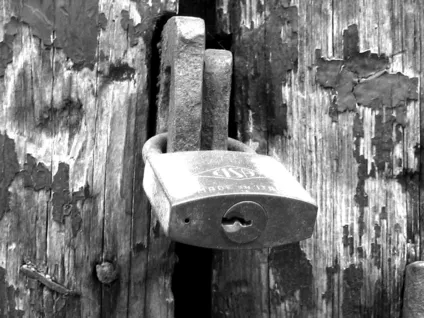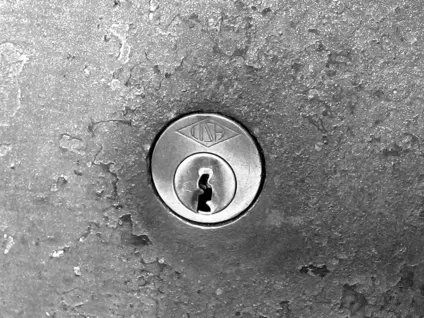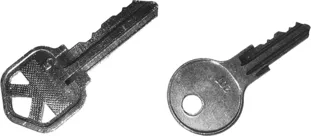
Practical Lock Picking
A Physical Penetration Tester's Training Guide
Deviant Ollam
- 256 pagine
- English
- ePUB (disponibile sull'app)
- Disponibile su iOS e Android
Practical Lock Picking
A Physical Penetration Tester's Training Guide
Deviant Ollam
Informazioni sul libro
Practical Lock Picking: A Physical Penetration Tester's Training Guide introduces the reader to the basic principles of lock picking. The book combines both easy-to-follow, step-by-step lessons, and tutorials that will help security-conscious people learn how to open most of the locks they may encounter during auditing or assessment work. It covers the fundamentals of pin tumbler and wafer locks; the basics of picking; beginner and advanced training; and quick entry techniques. Whether the student will be hired at some point to penetrate security or simply trying to harden his or her own defenses, this book is essential.
This instructional manual focuses on pin tumbler locks, the construction and function of which are illustrated with the aid of several diagrams. Everything from straightforward lock picking to quick-entry techniques like shimming, bumping, and bypassing are explained and shown. Guides and exercises demonstrate the use of basic lock-picking tools in order to manipulate and open these locks. The text also describes the most common "alternative" designs of pin tumbler locks and summarizes the tools and techniques that can be effective against them. It comes with a DVD filled with indispensable lock picking videos and color photos.
This book is an ideal reference for penetration testers, security consultants, and IT security professionals as well as hackers.
- Detailed photos make learning as easy as picking a lock
- DVD is filled with indispensible lock picking videos and color photos
- Extensive appendix details tools and toolkits currently available for all your lock picking needs
Domande frequenti
Informazioni
 |
| Figure 1.1 A padlock featuring an embedded pin tumbler mechanism. |
 |
| Figure 1.2 A doorknob featuring a key-in-knob pin tumbler core. |
 |
| Figure 1.3 A deadbolt featuring a pin tumbler lock in a mortise cylinder. |
 |
| Figure 1.4 Blade style keys, which feature bitting cuts along their thin edge. Many well-known manufacturers' keys can be identified simply by the shape of the key's bow. |
 |
| Figure 1.5 A blank plug featuring the key-seating divot, ready for milling. |
 |
| Figure 1.6 The left side of the diagrams in this figure to 1.12 will begin to focus on a cross-section slightly inward from the exterior front facing surface of the lock. |
 |
| Figure 1.7 The milled lip at the front of a plug. Note how our “front perspective” on the left side has reduced in size slightly, since we are focusing our attention on ... |